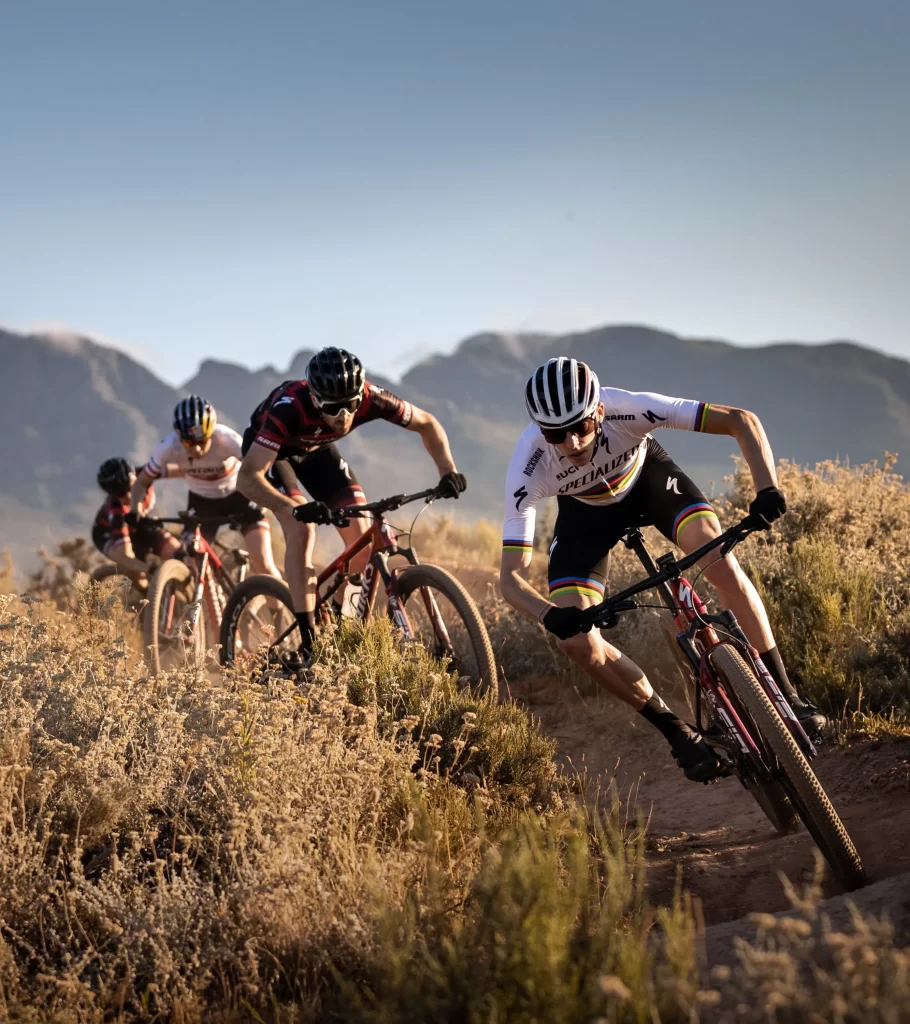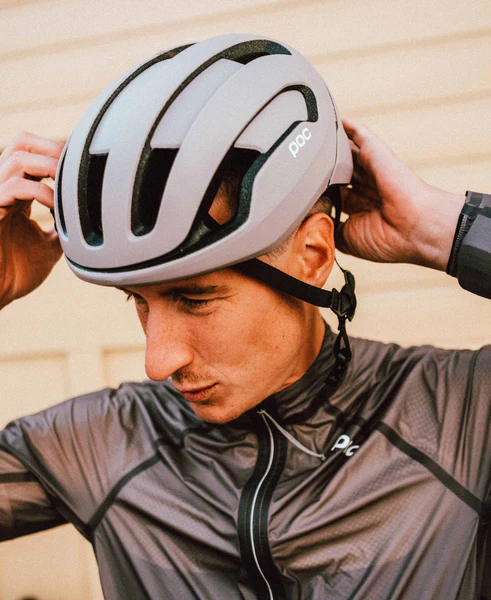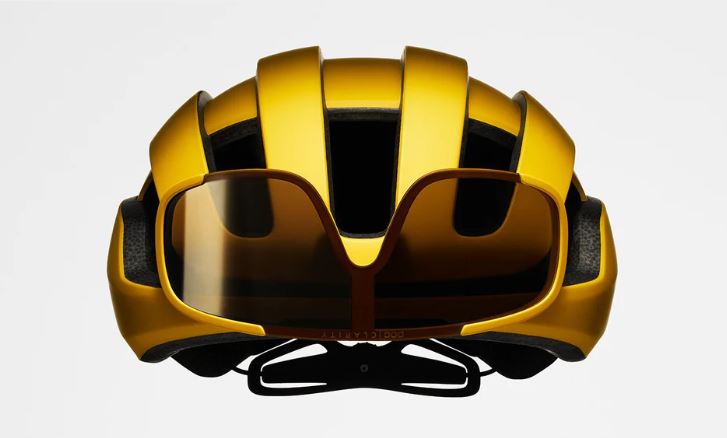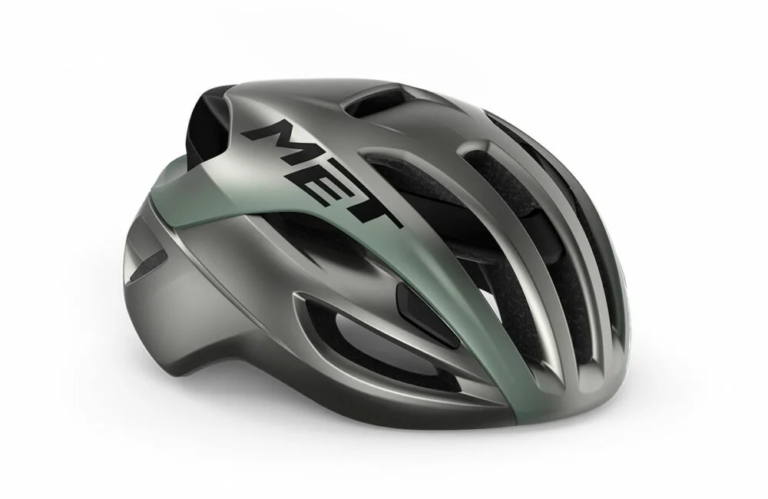Helmet Safety Standards for Gravel Biking: Ensuring Your Ride is as Safe as It Is Enjoyable

Key Point Summary of Helmet Safety Standards for Gravel Biking:
- Understanding Helmet Standards: Familiarity with safety standards like CPSC, EN 1078, and ASTM F1952 is crucial for choosing a helmet.
- Gravel Biking Specifics: The unique demands of gravel biking require helmets that offer a blend of ventilation, coverage, and protection.
- Technological Advances: Modern helmets incorporate technologies like MIPS for enhanced protection.
- Regular Inspection and Replacement: Emphasizing the importance of regularly inspecting and timely replacing helmets.
- Fit and Comfort: The significance of selecting a helmet that fits well and is comfortable for long rides.
As a masters cyclist who’s navigated the challenging terrains of mountain, gravel, and cyclocross biking, I’ve come to appreciate the importance of a good helmet. It’s not just about wearing one; it’s about knowing what makes it safe. Let’s unpack the world of helmet safety standards, especially as they pertain to gravel biking.
Understanding Helmet Safety Standards
Knowing the safety standards that helmets adhere to is fundamental. The most common standards include CPSC (Consumer Product Safety Commission) in the USA, EN 1078 in Europe, and ASTM F1952 for downhill mountain biking helmets. These standards ensure that the helmets can withstand certain impacts, providing the necessary protection.
Additional Safety Features to Consider
Visor or No Visor?
Gravel biking helmets often come with a visor option. While some riders prefer visors for additional protection against sun and debris, others find them obstructive, especially when looking uphill. I’ve used both and found that the choice often depends on the specific route and weather conditions.
Aerodynamics and Weight
While not as critical as in road racing, aerodynamics and weight of the helmet can affect comfort and fatigue levels on longer rides. Lighter helmets with streamlined designs can make a noticeable difference in rider endurance and neck strain.
Color and Visibility
The color of a helmet can play a role in visibility. Brightly colored helmets, or those with reflective materials, can enhance visibility to other trail users and motorists, which is particularly important during dusk or dawn rides.
Gravel Biking Helmet Specifics
Gravel biking poses a unique mix of challenges – the unpredictability of off-road terrain combined with the speed and distances of road cycling. Therefore, a helmet for gravel biking should offer more coverage than a typical road helmet but with better ventilation than a mountain bike helmet. The ideal gravel biking helmet is a hybrid of both, offering safety without compromising on comfort.
Technological Advances in Helmet Design
Modern helmets often include technologies like MIPS (Multi-directional Impact Protection System), which helps protect against rotational forces during a crash. Another recent advancement is the integration of WaveCel or Koroyd materials, designed to absorb impact more effectively.

Evolving Standards and Future Trends
Staying Updated with Standards
Helmet safety standards evolve as new research and technologies emerge. Keeping abreast of these changes is crucial. I regularly follow updates from safety organizations and manufacturers to ensure my gear is up to current standards.
Anticipating Future Innovations
The future of helmet technology is exciting. From smart helmets with built-in communication and navigation systems to materials that offer even greater impact protection, the potential advancements could further revolutionize rider safety.

Three models are known for their advanced safety features and strong reputation, which could potentially maintain their value and relevance:
- POC Omne Air SPIN Helmet: Renowned for its SPIN (Shearing Pad INside) technology, which is similar to MIPS and designed to reduce the force of oblique impacts, the POC Omne Air is a top choice for safety. Its combination of lightweight design, excellent ventilation, and cutting-edge safety features make it a strong contender for maintaining its value.
- Giro Aether MIPS Helmet: This helmet integrates MIPS Spherical technology, which offers advanced brain protection by reducing rotational forces during an impact. Along with this, the helmet’s sleek design, aerodynamics, and comfort make it a popular choice among serious gravel bikers. The Giro Aether’s reputation and innovative features could help it retain its value.
- Kask Protone Helmet: While it may not have MIPS, the Kask Protone is known for its superior fit, comfort, and ventilation. It uses a unique in-molding technology to improve the helmet’s shock absorption. Its blend of safety, comfort, and style, along with Kask’s strong brand reputation, may contribute to its lasting value.
These helmets stand out for their advanced safety features, quality construction, and brand reputation, factors that often contribute to longevity in value. However, advancements in helmet technology, changing market trends, and new safety standards can influence their standing over the next three years. Always keep an eye on the latest developments and reviews in the cycling community for up-to-date information.
The Importance of Regular Helmet Inspection and Replacement
A helmet isn’t a ‘buy once, use forever’ item. Regular inspection is vital. Check for cracks, dents, or any wear and tear. Helmets should also be replaced after a significant impact or every few years, as the materials degrade over time.
The Role of Fit and Comfort
A helmet must fit well to provide maximum protection. It should sit snugly on your head and not wobble. Comfort is also crucial, especially for long gravel rides. Look for adjustable straps and adequate padding.
Personal Anecdotes and Insights
My First Encounter with Helmet Standards
I learned the hard way about the importance of adhering to helmet standards. During an early gravel ride, I wore a basic helmet that wasn’t up to the task. A minor spill resulted in the helmet cracking, a clear sign it wasn’t built for the impact. That incident led me to research and invest in a CPSC-certified helmet.
Upgrading to MIPS
When I first tried a helmet with MIPS technology, I was skeptical. However, during a tricky descent on a gravel path, I took a tumble. The helmet took the brunt of the impact, and I walked away with just a few scrapes. That’s when I realized the value of advanced helmet technologies.
Regular Inspections
I’ve made it a routine to inspect my helmet before and after rides. On one occasion, I noticed a small crack, likely from a previous unnoticed bump. It was a stark reminder of why regular inspections are crucial.
Comfort Matters
On long rides, a comfortable helmet makes a significant difference. I remember switching to a helmet with better padding and ventilation, and the difference in comfort was night and day, especially on warmer days and during longer rides.
Final Thoughts
In gravel biking, the helmet is as essential as the bike itself. Understanding helmet safety standards, the technology behind them, and the importance of a proper fit and regular maintenance can greatly enhance your safety and enjoyment on the trails. Always choose a helmet that meets rigorous safety standards, fits well, and is comfortable for the best riding experience.
Happy and safe gravel biking!
John






